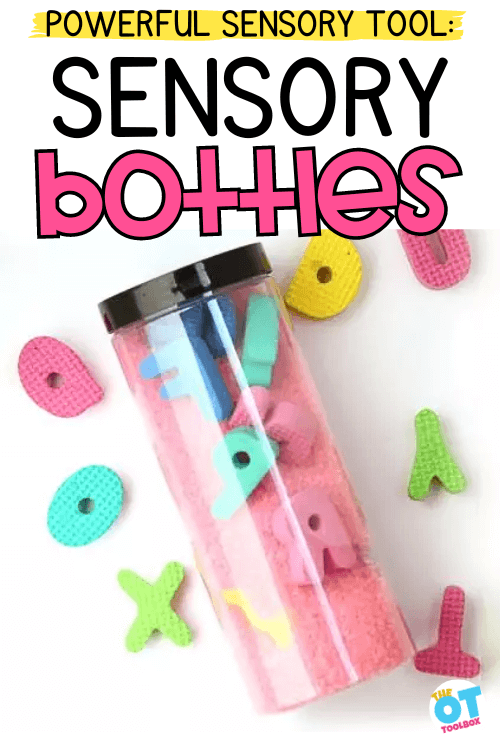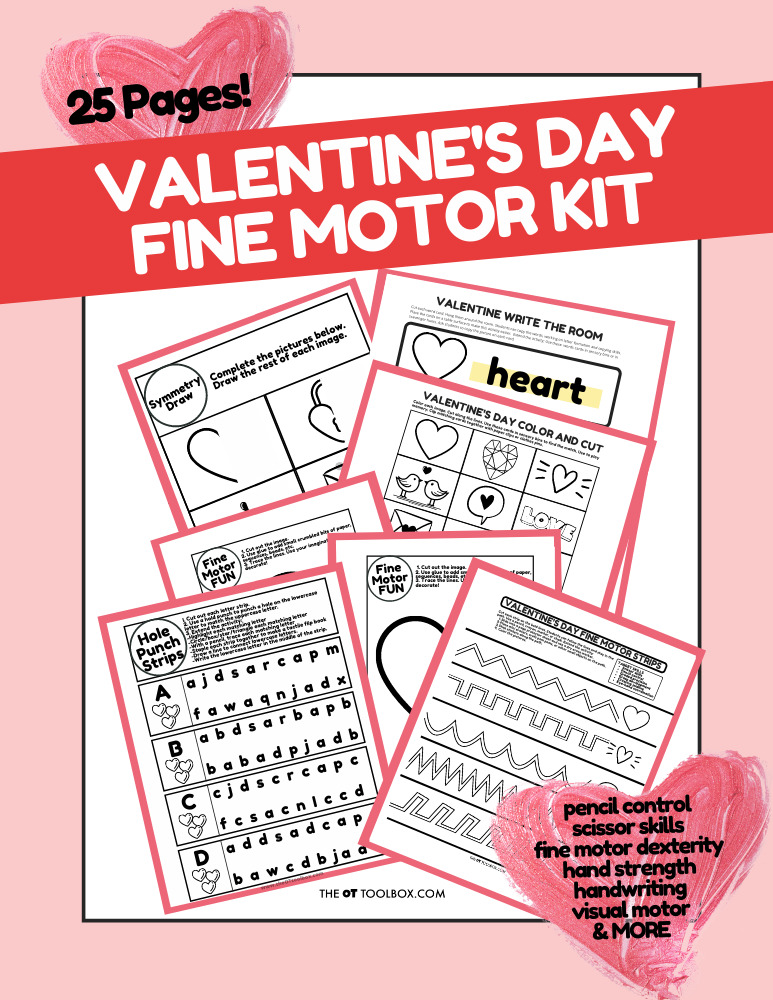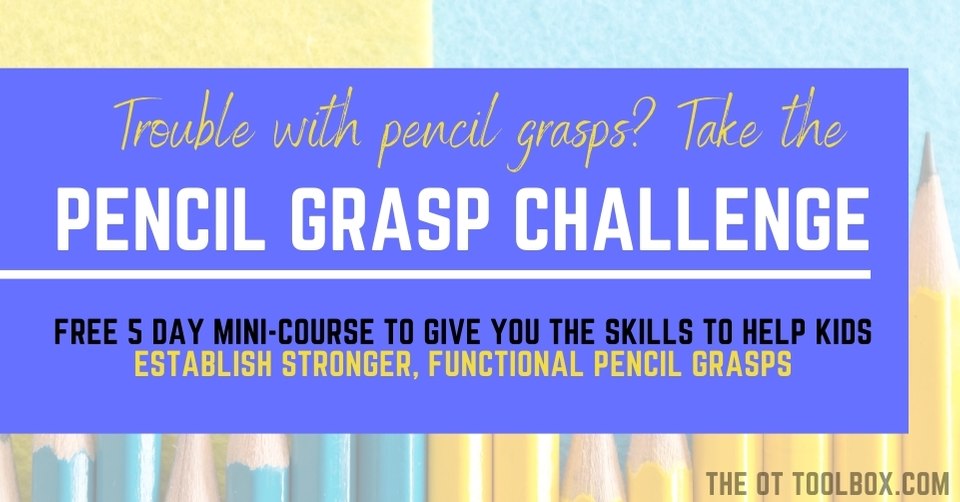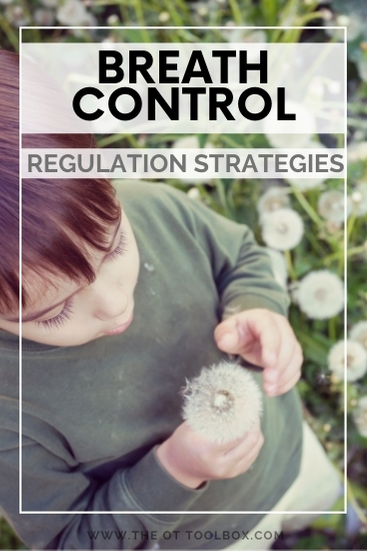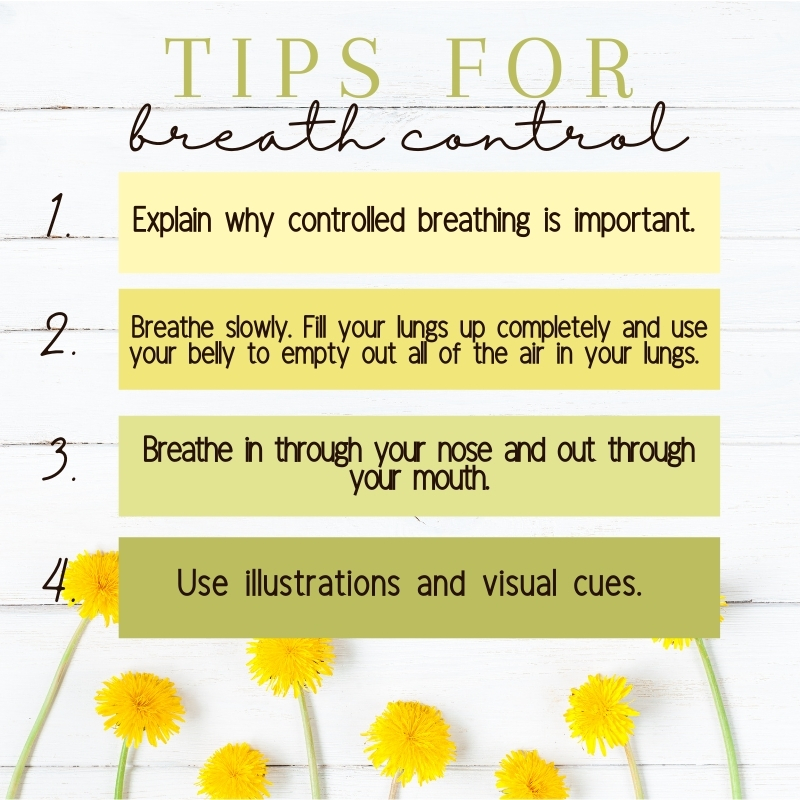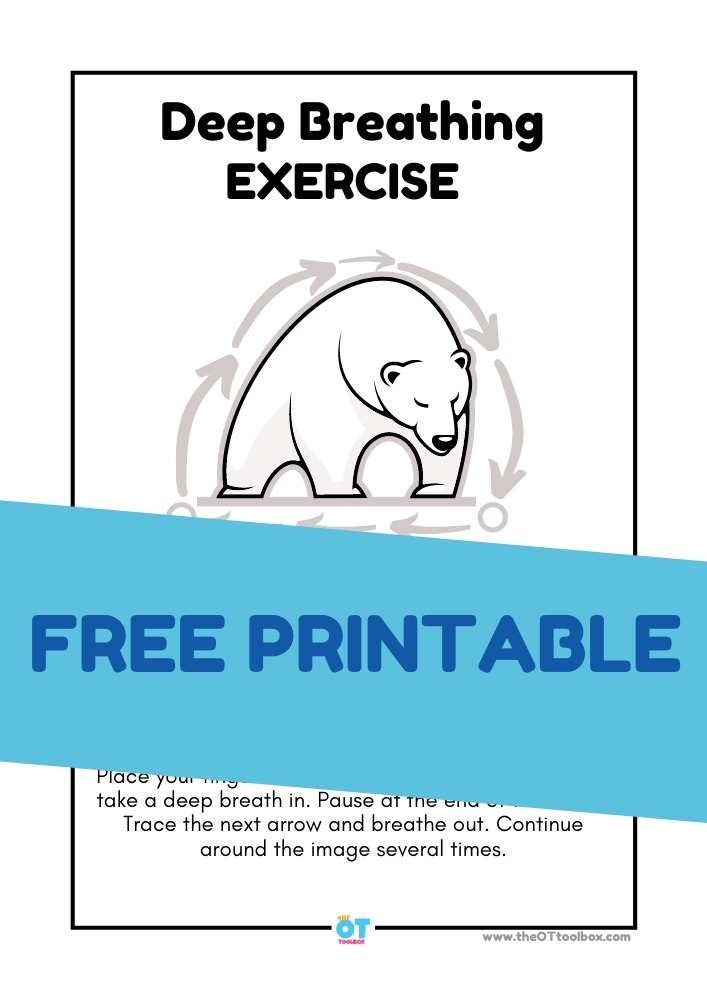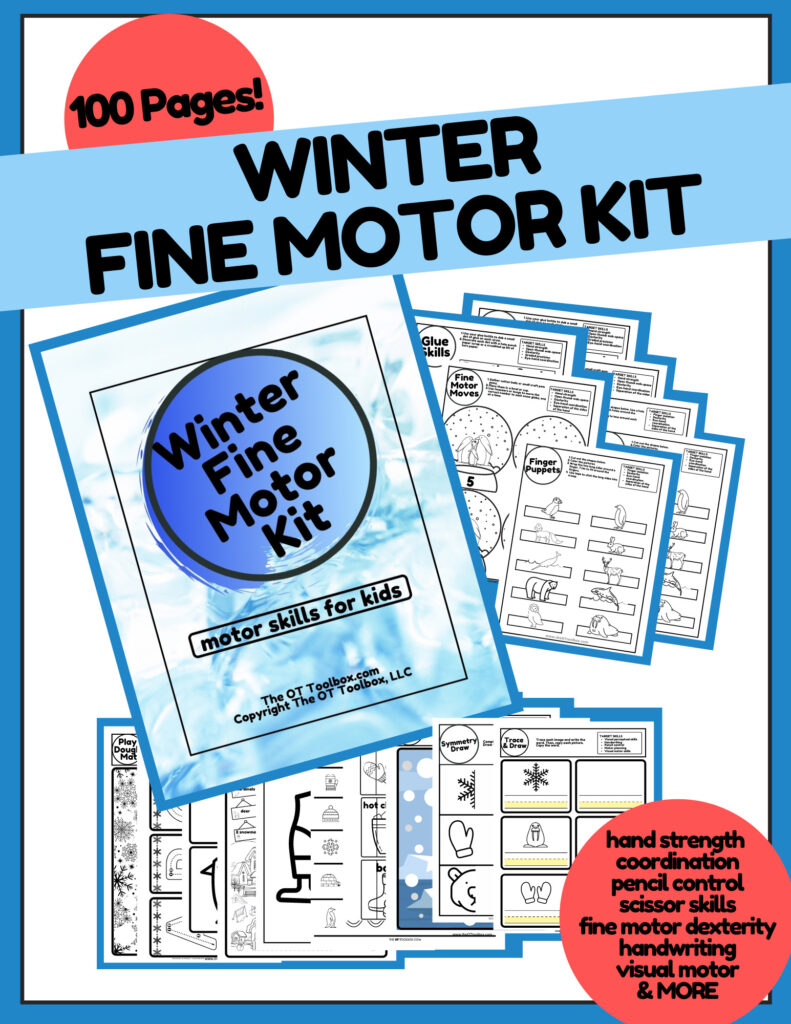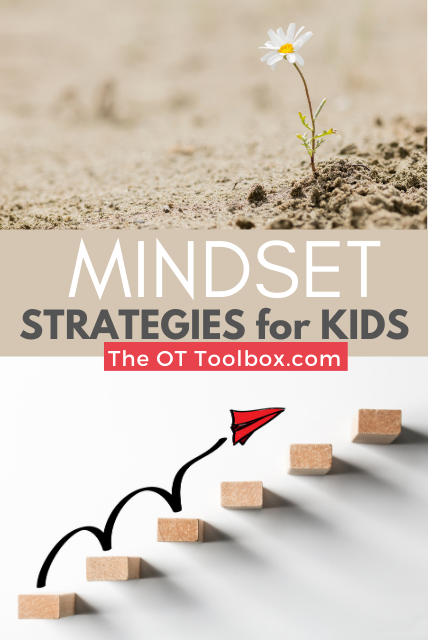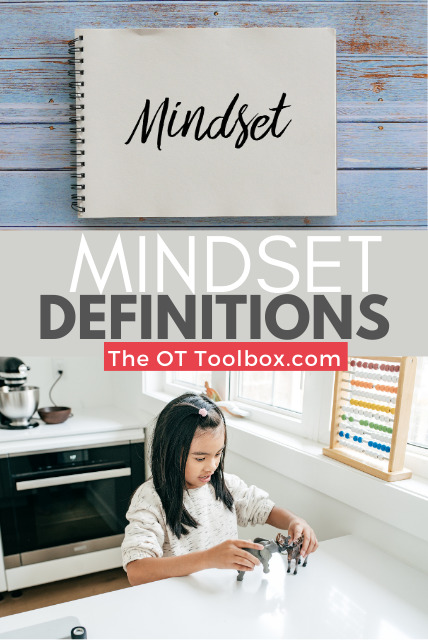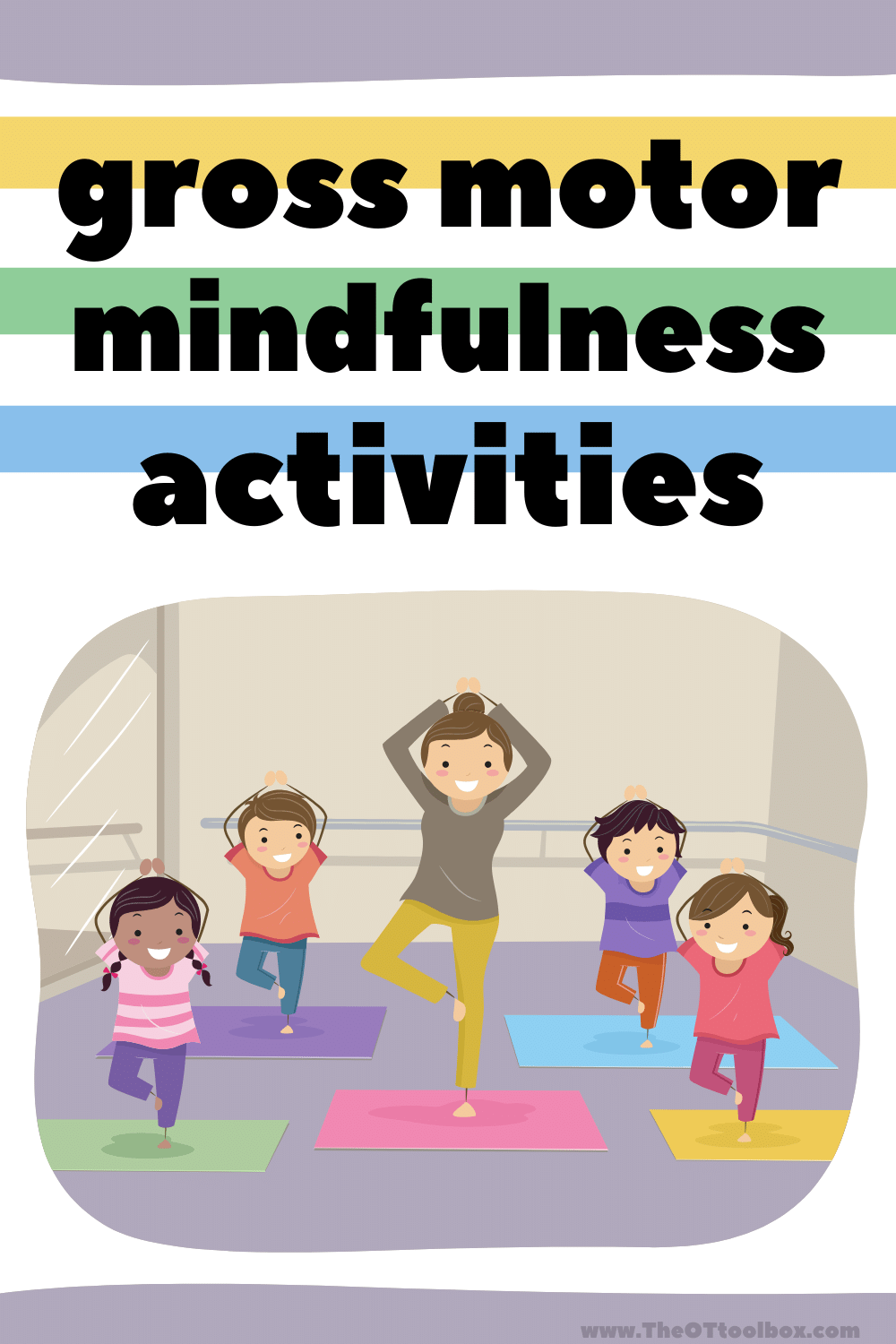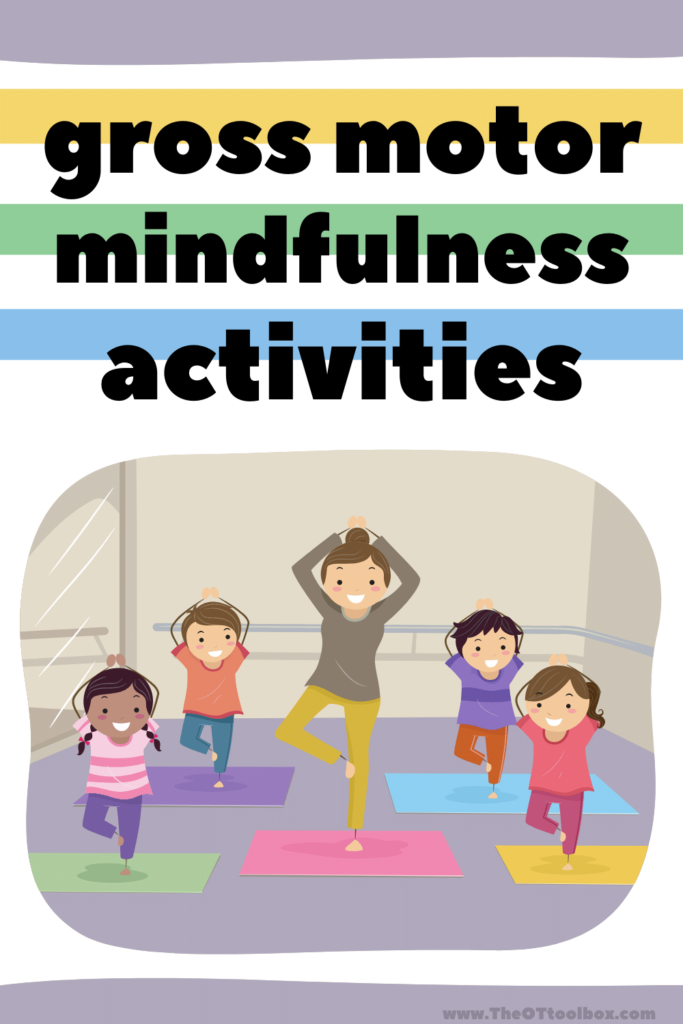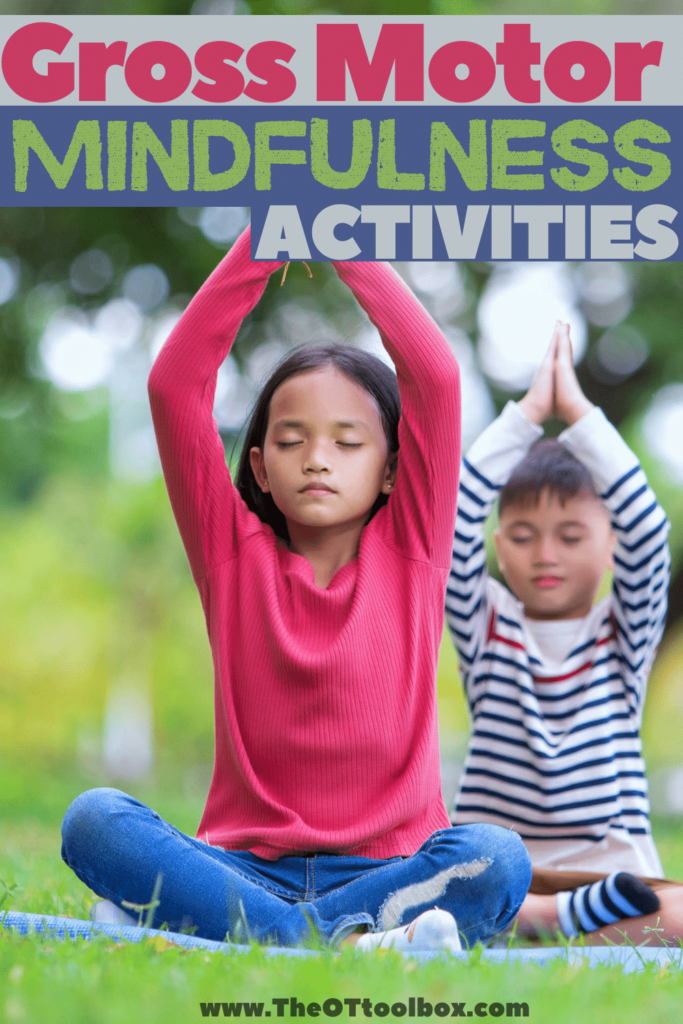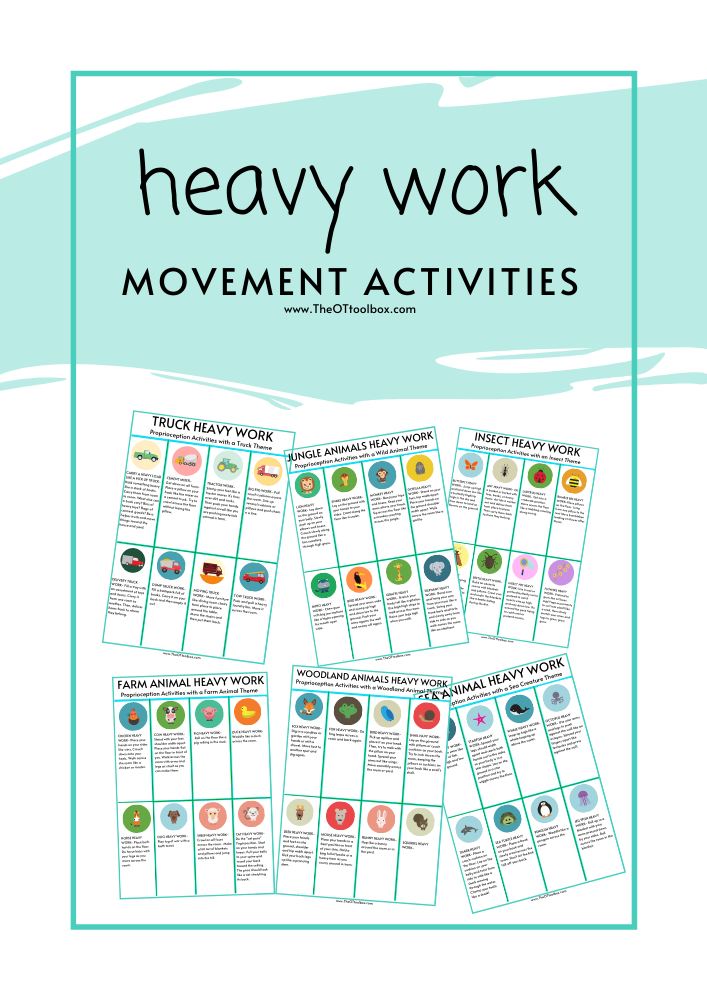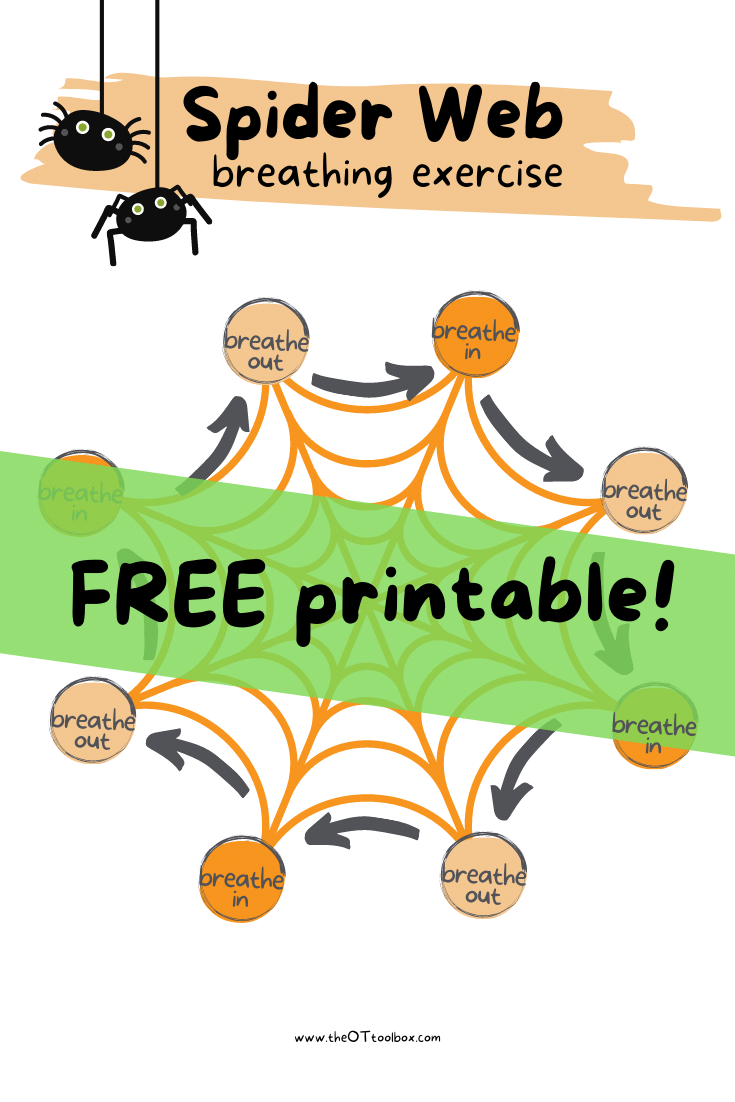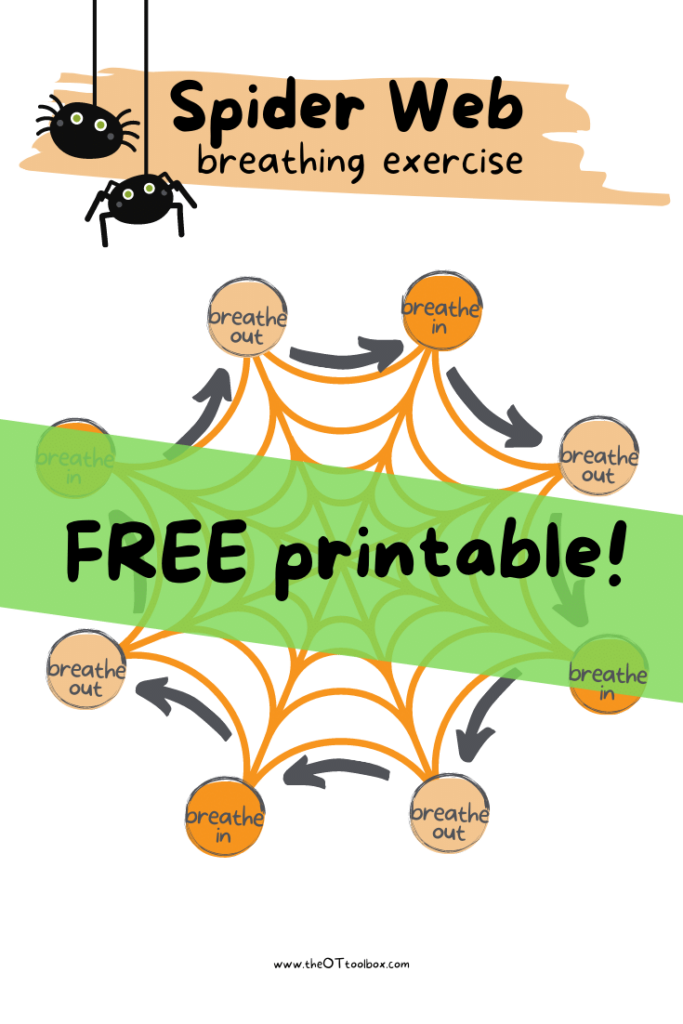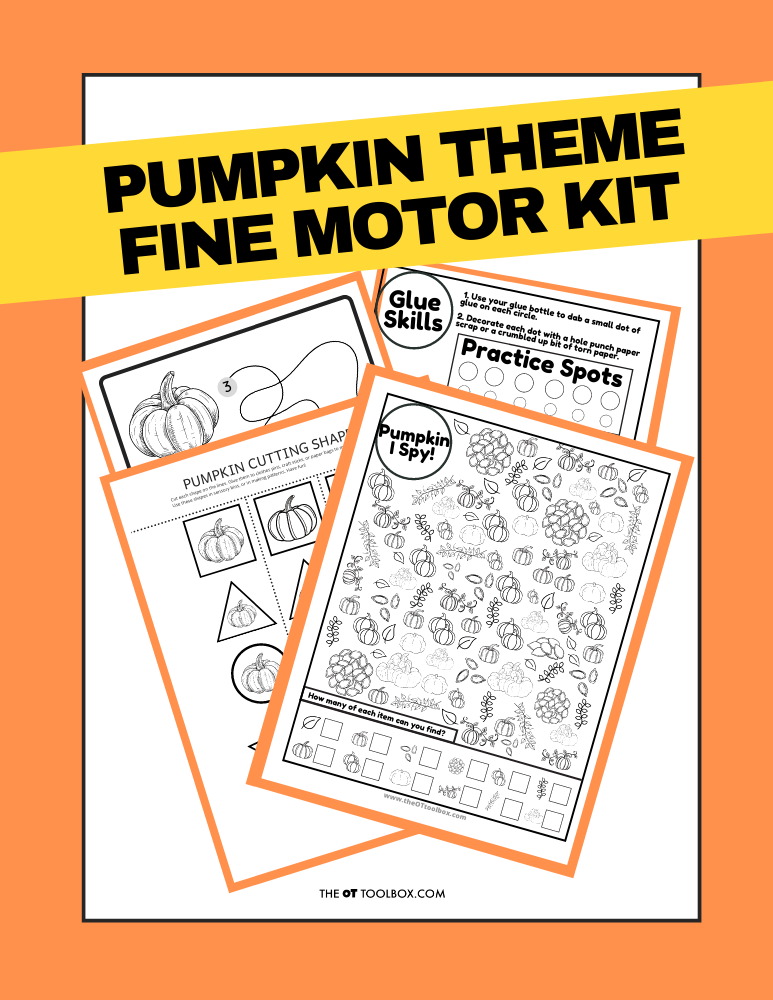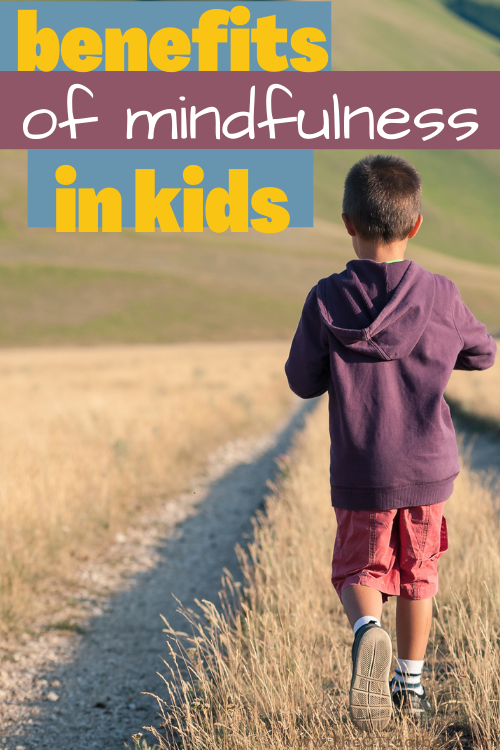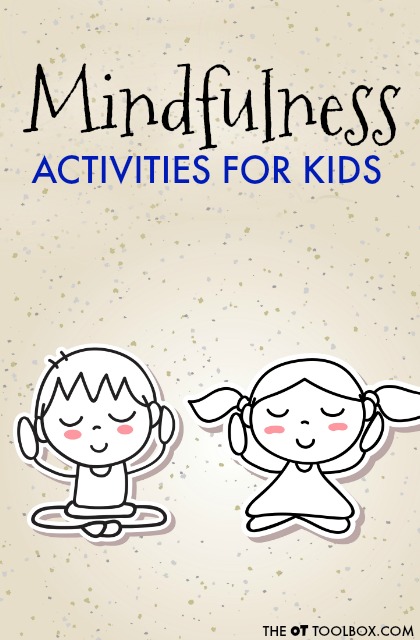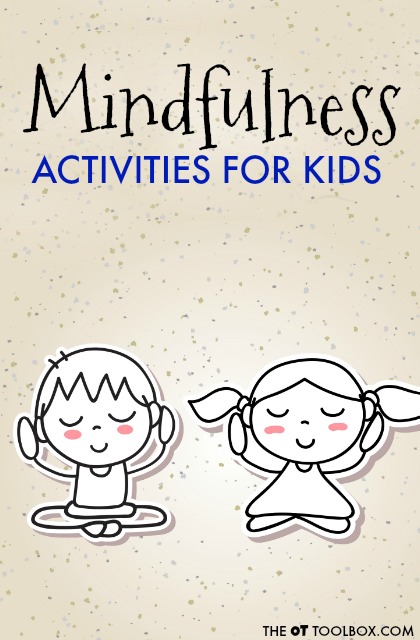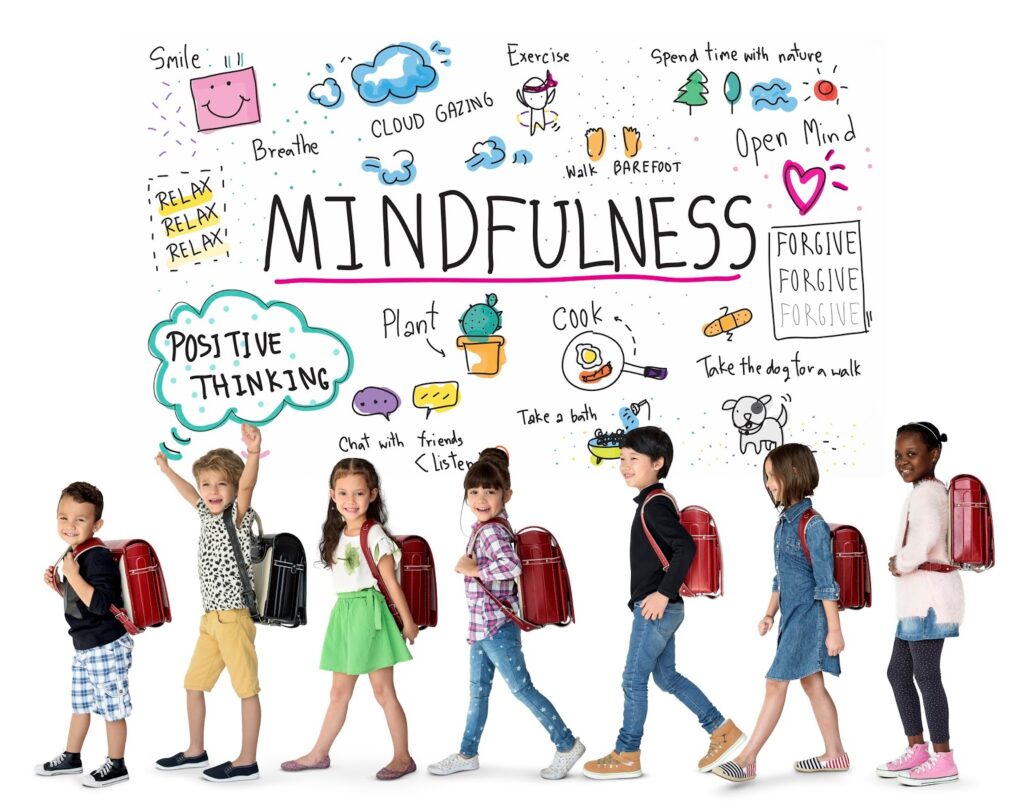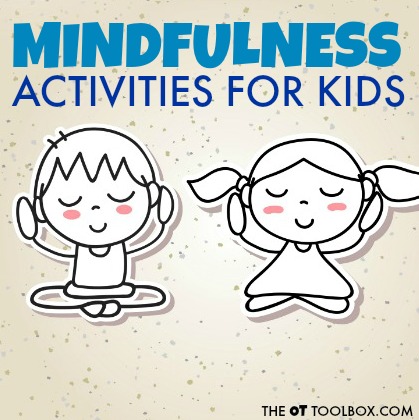There are many benefits of mindfulness, and in particular to the practice of mindfulness for children. Mindfulness affects the brain development and mechanisms in a few different ways according to research. Some research has indicated that the brain is impacted structurally through mindfulness activities.
Benefits of Mindfulness
Here are a few ways that mindfulness dresses functional skills and benefits of mindfulness:
Mindfulness Improves Mood
Part of mindfulness is the act of being aware of oneself, as well as an awareness of the surrounding environment. Having this awareness allows for a better understanding of things, situations, people, or events that impact mood.
In fact, working on mindfulness techniques can change and impact mood overall, because mindful techniques and strategies change the brain by improving connectivity among some brain areas and changing tissue density in key regions.
Through mindfulness techniques, those with mood disorders are able to better pay attention to the sensations and feelings they are experiencing, rather than fester in negative thoughts that can lead to a bad mood or changes in mood level (mood swings).
Instead, mindfulness offers a chance to evaluative one’s thoughts in the present moment, with a consideration of sensory input. The practice of this self-evaluation offers a chance for the brain to “exercise” and strengthen the pathways involved in experiential self-reference.
Mindfulness Helps with Emotional Regulation
Researchers have found that mindfulness and emotion regulation are related and are correlated, based on four factors:
- Awareness and attention to the presence (being present and aware in any given moment)
- Having a sense of acceptance of one’s experience
- Clarity and understanding about one’s internal experience
- Ability to manage negative emotions (for emotion regulation)
Mindfulness and Attention
Research suggests that mindfulness meditation training improves attention. In fact, mindfulness has been found to improve aspects of attention, including the specific attentional processes of alerting, orienting, and executive attention.
The alerting process allows us to maintain a state of vigilance or alertness. We see this process when we are alert and ready to attend or respond to relevant stimuli when they arise. The orienting aspect of attention is responsible for attending selectively to a location in space.
The executive control aspect of attention is responsible for deciding between competing inputs. These three aspects of attention function independently, but are all critical for attention in general. Here is more information on attention and various aspects of attention.
Mindfulness Helps with Rumination
Rumination refers to the process of deeply thinking about something, or go over and over a thought in the mind. Rumination can be a detrimental process that is not only a counterproductive way to process situations or events, but can lead to overthinking in a way that has a potential for some people to experience aversive emotions such as depression, anxiety, fear, anger, or self-depreciation.
One study found that mindfulness decreased depression that occurs from rumination and that specific aspects of mindfulness reduced depression. These include acting with awareness, non-judging, and non-reacting.
Mindfulness Improves Cognitive Functioning
Research has found that mindfulness impacts cognitive function. There has been preliminary evidence suggesting that mindfulness can improve cognition specifically in the domains of focused attention, working memory capacity, and other executive functions.
Participants were provided with mindfulness techniques such as attention to the breath, focused body-scans, yoga, walking meditations, meditation recordings of guided meditation, and journaling as mind-body practices.
The study concluded that mindfulness based interventions show some evidence for improving cognitive impairment among breast cancer survivors.
Mindfulness Helps with Focus
One study has found that mediation practice improves focus. Having a mindful awareness in the present moment was found to reduce incidents of getting off-task in thinking.
Mindfulness meditation allowed for a switch of attention from their internal thoughts to the external environment. When this switch happens, one is able to focus on their body, mind, and environment in the moment rather than other thoughts, worries, and stressors.
One practical way to improve focus is to bring awareness to your breath each time you feel your mind wandering. This can be practiced during meditation. This practice actually strengthens the brain’s neural circuitry for focus.
Mindfulness Improves Gray matter density
Interestingly, mindfulness has been found to improve grey matter density in the brain. Following an eight-week Mindfulness-Based Stress Reduction course, participants showed increases in gray matter concentration within the brain, including the hippocampus and cerebellum.
Mindfulness techniques in this study included formal mindfulness training exercises including a body scan, mindful yoga, and sitting meditation. This included guided meditation, gentle stretching exercises and slow movements that are often coordinated with the breath, and awareness of the sensations of breathing, then evolve to include awareness of different modalities (such as sounds, sight, taste, other body sensations, thoughts and emotions).
Also used were audio recordings for implementation of meditation strategies at home, and instructions to facilitate the integration of mindfulness into daily life during everyday activities such as eating, walking, washing the dishes, taking a shower etc.
Mindfulness Reduces Stress
Mindfulness has been found to reduce stress as well. Mindfulness-based stress reduction (MBSR) is an established program that includes various forms of mindfulness practice. These consist of formal and informal meditation practice, yoga, breath-focused attention, body scan-based attention, shifting attention across sensory modalities, open monitoring of moment-to-moment experience, walking meditation, and eating meditation.
Mindfulness-based stress reduction is believed to have an impact on one’s emotional response to situations by modifying the brain’s cognitive–affective processes.
Mindfulness improves Self-Awareness
Mindfulness uses mental training in the form of awareness of the mind and body so that awareness of self is automatic. Practicing mindfulness is in itself, self-awareness in any given situation.
By improving this skill, one can have the ability to effectively modulate one’s behavior, or experience self-regulation. Practicing mindful techniques strengthens self-awareness skills.
Mindfulness Improves Self control
One researcher described mindfulness as a strategy to helps us become more aware and accepting of emotional signals—which helps us to control our behavior. She says that the thought that mindfulness leads to less emotionality, or that mindful people experience less emotion is simply not true.
In fact, mindfulness allows for improved emotion regulation through a present-moment awareness and acceptance of emotional experience.
Mindfulness as a Coping Strategy
Mindfulness as a coping strategy for kids can impact sensory or emotional needs and help children regulate their body’s response to input, so that they can accomplish tasks, learn, and function in the home, classroom, or community.
Mindfulness and Executive Functioning
Studies have linked mindfulness with executive functioning skills, and it makes sense! Mindfulness is a strategy to increase attention, working memory, self-monitoring, emotion/mood, conflict attention and impulse control.
And, by increasing an awareness and acceptance of various emotional states, those who meditate may excel at executive control because of their ability to attend to the emotions associated with making errors in any given situation. Fascinating!
Mindfulness Improves Listening skills
Mindfulness is centered around awareness and self-reflection. So, when we listen with intention, and really focus on the person talking to us, you can give your full attention to the person speaking.
Mindful listening is a way of listening without judgment, criticism or interruption, and without letting your mind wander. It allows you to be aware of internal thoughts and reactions but listen with focus.
Fostering these listening skills allows for better understanding and comprehension.
A final word on mindfulness benefits in children
There is a lot of information here that defines mindfulness as a tool to improve various skillsets in kids. My hope is that this information on mindfulness can be a starting point to drive goals and therapy activities for children.
For specific mindfulness activities for kids here on The OT Toolbox, try these ideas to gain all of the benefits of mindfulness:
Fun Mindfulness Activities for Kids
Mindfulness Library
Mindfulness YouTube Videos for Kids
Pumpkin Deep Breathing Exercise



